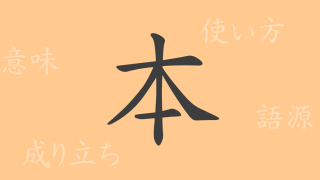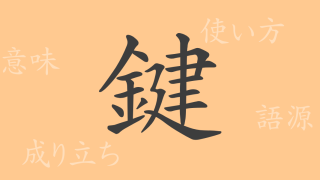Colors are mirrors reflecting emotions and culture. Among Japan’s traditional colors, “Ginnezu (銀鼠 – ぎんねず)” stands out. This color, with its refined beauty, symbolizes the depth of Japanese tradition and history. This article delves into the allure of Ginnezu, exploring the significance and history of this hue, and its application in modern design.
About Ginnezu (銀鼠 – ぎんねず)
Ginnezu, literally meaning ‘silver mouse’, is a variation of grey close to silver and is one of Japan’s traditional colors. It offers a calm hue with a unique sheen, evoking a sense of Japanese style. Born from Japan’s natural landscape, this traditional color has influenced various cultural elements such as kimonos and Japanese paintings.
The History of Ginnezu
Ginnezu began to be recognized as a color name during the Edo period. People at that time drew inspiration from natural colors to create dyes and pigments. Named after the hue of a mouse’s fur, Ginnezu was used in high-status kimonos and samurai attire.
Ginnezu Color Code
To reproduce Ginnezu in digital designs, the following color codes are necessary:
- HEX: #AFAFB0
- RGB: R:175 G:175 B:176
- CMYK: C:36 M:29 Y:27 K:0
International Name of Ginnezu
The international names for Ginnezu are ‘Silver Gray’ and ‘Gray.’ These names are commonly used in global color communication and are adopted across a wide range of fields including fashion and interior design, known for their sophisticated impression.
Summary of Ginnezu
Ginnezu, with its long history as a traditional Japanese color, continues to be cherished for its beauty in contemporary times. This quietly lustrous color is not only suitable for traditional Japanese spaces but also easily adaptable to modern designs. Utilize the color codes provided for digital or print mediums to incorporate the charm of Ginnezu into your own creations.

























